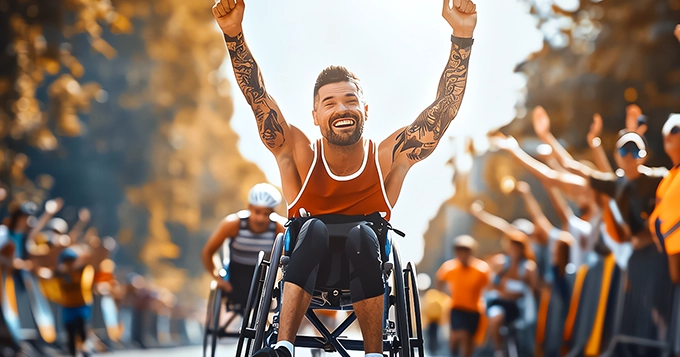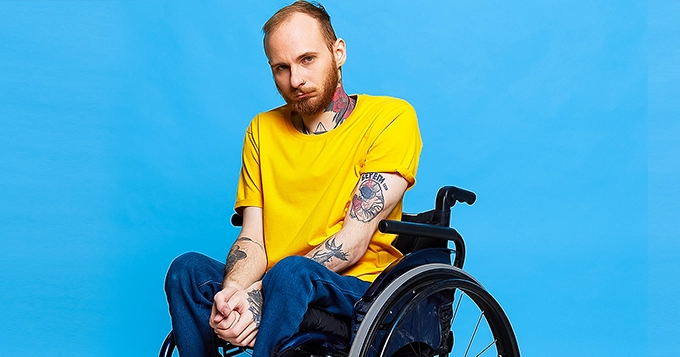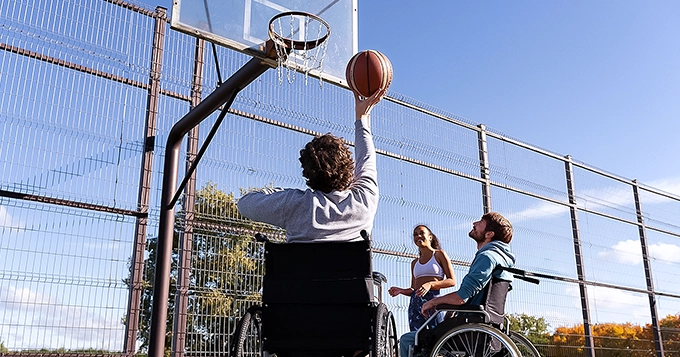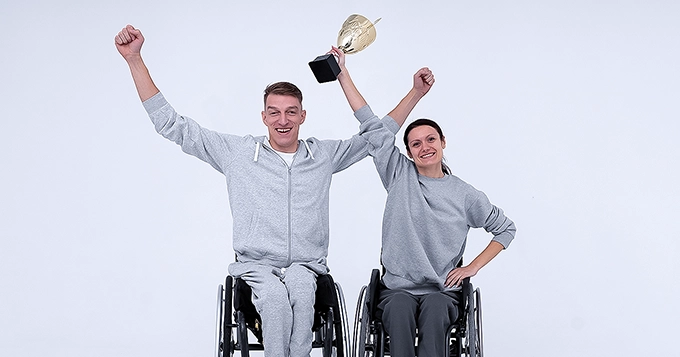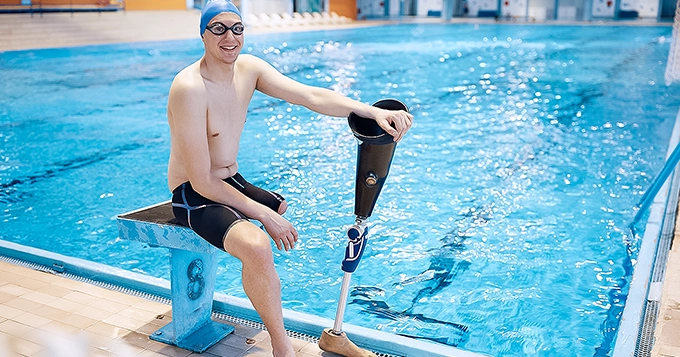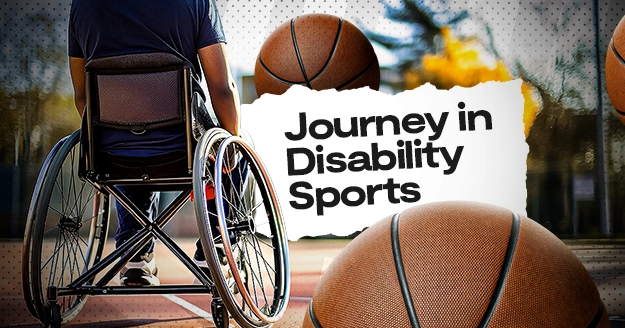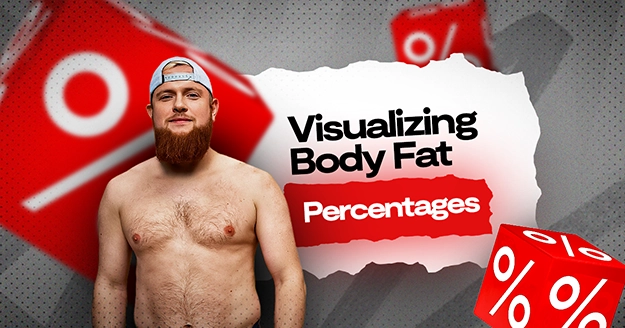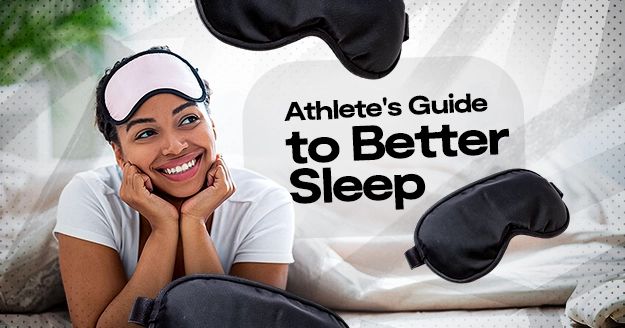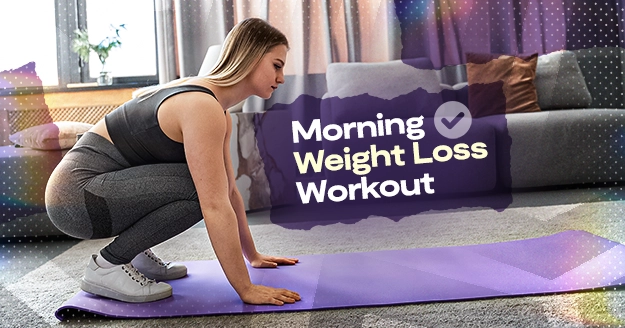Are you eager to step into the vibrant world of disability sports but unsure where to start? Fear not, as we embark on a comprehensive guide to kickstart your athletic journey, ensuring you’re equipped with the essentials for success. From initial medical assessments to finding your rhythm on the field, we’ve got you covered.
Challenges that Disabled People Face in Sports
- Physical Barriers
Physical barriers pose significant challenges for disabled sports persons. Conditions like Cerebral Palsy restrict mobility, while sensory impairments like low vision or hearing loss also impact participation. Inaccessible facilities and inadequate equipment further hinder their ability to fully engage in sports.
- Digital Barriers
While sports are often associated with physical activity, much of the planning and engagement occurs online, especially when signing up for events or buying tickets. Accessible websites are crucial to ensure that individuals with disabilities can navigate and complete these essential actions without encountering barriers.
- Social Stigma
Societal misconceptions about disability foster a damaging stigma, leading to exclusion and reduced self-esteem among disabled individuals. This stigma often deters participation in sports due to fear of judgment or discrimination.
- Psychological Barriers
Disabled individuals frequently confront psychological obstacles like self-doubt and anxiety while coping with their disabilities. Overcoming these mental hurdles is essential for disabled athletes to cultivate confidence and realize their full potential in sports. Negative social stigma often exacerbates these challenges, underscoring the significance of providing support and encouragement to disabled individuals participating in sports.
- Financial Constraints
Adaptive equipment, specialized coaching, and medical support come with hefty price tags, creating financial barriers for disabled individuals in sports. Unlike able-bodied individuals who may only need basic gear, disabled athletes often require costly specialized equipment, costing hundreds or even thousands of pounds. This poses a significant challenge, particularly for low-income households, making it difficult to afford the necessary resources for participation.
How to Kickstart Your Athletic Journey
-
Medical Check-Up
Before diving headfirst into any athletic endeavor, it’s crucial to prioritize your health and well-being. Schedule a thorough medical check-up with your healthcare provider to assess your physical condition, identify any potential limitations, and receive clearance to participate in sports activities. This step ensures that you embark on your journey with confidence, knowing that you’re physically prepared for the challenges ahead.
-
Discover Your Passion
The next step on your fulfilling athletic journey is to explore the wide array of disability sports available and discover what sport ignites your passion.
Do you dream of speeding down slopes on a sit-ski, or does the sound of a basketball bouncing on the court excite you?
From adaptive cycling to wheelchair tennis, there’s a sport suited to every interest and ability level. Take the time to research different sports, attend local events, and even try out a few introductory sessions to get a feel for what resonates with you.
Types of disability-friendly sports:
– Wheelchair Basketball: A dynamic sport adapted for wheelchair users, wheelchair basketball offers fast-paced action and emphasizes teamwork and skill. Similar adaptations extend to sports like wheelchair tennis and football.
– Para-Athletics: Tailored for various disabilities, para-athletics encompasses track and field events such as wheelchair racing and seated throws. It culminates in prestigious competitions like the Paralympics.
– Sitting Volleyball: Played seated, sitting volleyball provides a competitive team sport option for individuals with lower limb impairments.
– Blind Football (Football 5-a-side): Designed for athletes with visual impairments, Blind Football features a smaller field and a ball with bells, relying on sound and communication for gameplay.
-
Chart your course
When crafting your personalized training plan, it’s essential to consider your current abilities and performance level.
Rather than fixating on reaching your maximum potential, prioritize exercises you find comfortable and enjoyable. Achieving a healthy balance where you finish each session eagerly anticipating the next indicates that you’ve struck the right chord. Focusing on gradual, incremental improvements over time increases your likelihood of success and sustains motivation.
In endurance sports, it’s advisable to prioritize increasing duration over maximizing speed initially. Additionally, for certain sports, dedicating time to mastering the handling of your prosthesis or wheelchair may be necessary before focusing on specific performance goals.
-
Set Realistic Goals
Then, set yourself realistic and achievable goals. Whether you aspire to compete in a local tournament, improve your personal best, or simply enjoy the camaraderie of regular training sessions, defining clear objectives will keep you motivated and focused on your progress.
Break down your goals into manageable steps, celebrate milestones along the way, and adjust your targets as needed to ensure continuous growth and development.
-
Establish consistency
Consistency is key to success in any sport. Establishing a regular training routine that aligns with your schedule and lifestyle is key to finding your rhythm and maintaining momentum on your journey. Whether it’s hitting the gym, practicing drills on the court, or exploring outdoor trails, prioritize consistent effort and dedication to honing your skills and improving your performance over time.
Remember, progress may be gradual, but every small step forward brings you closer to your goals.
-
Find Your Community
One of the greatest aspects of disability sports is the sense of community it fosters.
Whether you join a local club or connect with athletes online, finding your community as an athlete disability and surrounding yourself with like-minded individuals can provide invaluable support and encouragement.
You can find organizations or communities that provide resources and support for athlete disability inclusion initiatives aimed at creating accessible and inclusive sporting environments for all.
-
Seek Guidance
Don’t be afraid to seek guidance from coaches, trainers, or experienced athletes. They can offer valuable advice, technique tips, and training strategies to help you reach your full potential. Remember, even the most accomplished athletes rely on guidance and support to excel in their sport.
-
Stay Inspired
Draw inspiration from fellow disability athletes, success stories, and the thrill of competition to keep your passion alive. Surround yourself with positivity, stay informed about upcoming events and opportunities, and never underestimate the power of your own resilience and determination.
-
Celebrate Your Achievements
Whether it’s mastering a new technique or achieving a personal best, be sure to celebrate your achievements along the way. Acknowledging your progress and accomplishments will boost your confidence and fuel your motivation to continue pushing yourself to new heights.
